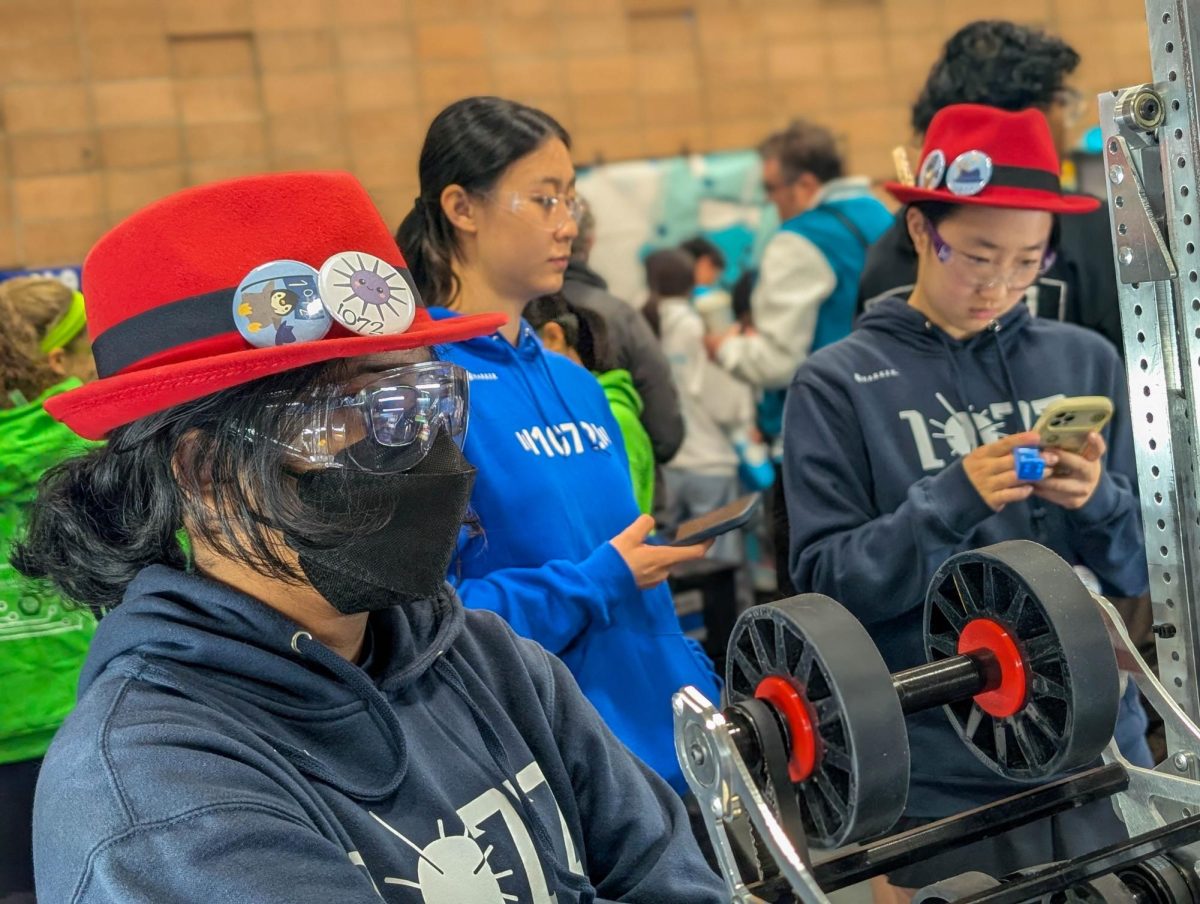Imagine pulling out a dull pencil, trekking over to the sharpener and watching the machine distill the lead into a sharp tip. Now, picture delicate crystal specks one-fourth the size of this minuscule point. That is a lethal dose of fentanyl.
Roughly 50 to 100 times more potent than heroin or morphine, fentanyl is fatal, even in tiny amounts. Of the 68,630 opioid-related fatalities in 2020, 56,516 were attributed to synthetic opioids, which are produced in a laboratory and designed to produce analgesic (pain relief) effects using stimulants like fentanyl.
The opioid crisis in the United States unfolded in several waves. It began in the 1990s with a surge in prescription opioid use, followed by a second wave in 2010 linked to heroin usage. In 2013, the emergence of illicit synthetic opioids marked the onset of the third wave of the crisis, leading to a significant rise in fatal overdoses.
Synthetic opioids, notably fentanyl, pose nearly double the risk of death compared to prescription opioids such as morphine, codeine and thebaine. The low cost and high potency of fentanyl make it an appealing substance for mixing with heroin and other illegal drugs easily.
Since its introduction, fentanyl and its analogs have become widespread in U.S. opioid supply, often concealed in pills resembling well-known opioids or benzodiazepines. These fentanyl-laced opioids are known as “pressed pills.” It’s impossible to differentiate real pills from corrupted ones by sight, smell or taste. Even professionals can’t discern laced pills without a strip test. Upper school nurse Jennifer Olson underscores the importance of purchasing pain medication from reputable sources.
“The most important thing is to not buy pills that are not from a pharmacy,” Olson said.”It’s difficult to tell if something is laced or counterfeit. One could search up pills by their markings, but it’s still really hard to tell a fake pill from a correct pill. And if you look at how much fentanyl is needed to overdose compared to other drugs, it’s such a small, small amount. You just don’t know how much could be in a pressed pill.”
Synthetic drugs cause respiratory and central nervous system depression, which is often fatal. The opioids latch onto opiate receptor sites in the brain, blocking pain signals and producing a powerful effect of deep relaxation and mild euphoria.
Recently, scientists claim that we are heading into a ‘fourth wave’ of the epidemic, in which stimulants are being mixed with opioids. The use of multiple drugs plays a consistent role in drug overdose fatalities, especially when opioids are in the mix. The concurrent consumption of both stimulants and opioids is growing more prevalent, particularly among the adolescent population. Adolescent overdose deaths involving fentanyl increased from 253 in 2019 to 680 in 2020 and 884 in 2021. That year, fentanyl was involved in 77.14% of adolescent overdose deaths.
Previously, it was difficult to acquire potent substances, but the rise of fentanyl as a street drug has changed that narrative. Teenagers often fall victim to scams, buying fake pills that resemble commonly used prescription medications but are actually contaminated with deadly drugs. Dealers have also turned to social media platforms as a way to advertise their drug networks. Something as simple as a string of specific emojis can represent an elaborate transaction.
Harker has an initiative designed to mitigate the danger associated with drug overdose. In each first-aid kit on campus, there is a box of Narcan, an opioid antagonist medicine that can rapidly reverse the effects of an opioid overdose.
“The nasal spray can be administered into the nose and it will push all of the opioids off of the receptor so that that person will hopefully respond,” Olson said. “As a community of teachers and adults, I think it is important to know what’s out there and how to prevent it, giving students the knowledge about what these drugs can do to them and how addictive certain substances can be.”
So what can students do? On an individual level, stay vigilant and notice the behaviors of those around you. If a loved one exhibits signs of slow breathing, clammy hands, slurred speech, or consistent lethargy, have a conversation with them or reach out to a trusted adult.


















![“[Building nerf blasters] became this outlet of creativity for me that hasn't been matched by anything else. The process [of] making a build complete to your desire is such a painstakingly difficult process, but I've had to learn from [the skills needed from] soldering to proper painting. There's so many different options for everything, if you think about it, it exists. The best part is [that] if it doesn't exist, you can build it yourself," Ishaan Parate said.](https://harkeraquila.com/wp-content/uploads/2022/08/DSC_8149-900x604.jpg)




![“When I came into high school, I was ready to be a follower. But DECA was a game changer for me. It helped me overcome my fear of public speaking, and it's played such a major role in who I've become today. To be able to successfully lead a chapter of 150 students, an officer team and be one of the upperclassmen I once really admired is something I'm [really] proud of,” Anvitha Tummala ('21) said.](https://harkeraquila.com/wp-content/uploads/2021/07/Screen-Shot-2021-07-25-at-9.50.05-AM-900x594.png)







![“I think getting up in the morning and having a sense of purpose [is exciting]. I think without a certain amount of drive, life is kind of obsolete and mundane, and I think having that every single day is what makes each day unique and kind of makes life exciting,” Neymika Jain (12) said.](https://harkeraquila.com/wp-content/uploads/2017/06/Screen-Shot-2017-06-03-at-4.54.16-PM.png)








![“My slogan is ‘slow feet, don’t eat, and I’m hungry.’ You need to run fast to get where you are–you aren't going to get those championships if you aren't fast,” Angel Cervantes (12) said. “I want to do well in school on my tests and in track and win championships for my team. I live by that, [and] I can do that anywhere: in the classroom or on the field.”](https://harkeraquila.com/wp-content/uploads/2018/06/DSC5146-900x601.jpg)
![“[Volleyball has] taught me how to fall correctly, and another thing it taught is that you don’t have to be the best at something to be good at it. If you just hit the ball in a smart way, then it still scores points and you’re good at it. You could be a background player and still make a much bigger impact on the team than you would think,” Anya Gert (’20) said.](https://harkeraquila.com/wp-content/uploads/2020/06/AnnaGert_JinTuan_HoHPhotoEdited-600x900.jpeg)

![“I'm not nearly there yet, but [my confidence has] definitely been getting better since I was pretty shy and timid coming into Harker my freshman year. I know that there's a lot of people that are really confident in what they do, and I really admire them. Everyone's so driven and that has really pushed me to kind of try to find my own place in high school and be more confident,” Alyssa Huang (’20) said.](https://harkeraquila.com/wp-content/uploads/2020/06/AlyssaHuang_EmilyChen_HoHPhoto-900x749.jpeg)
















